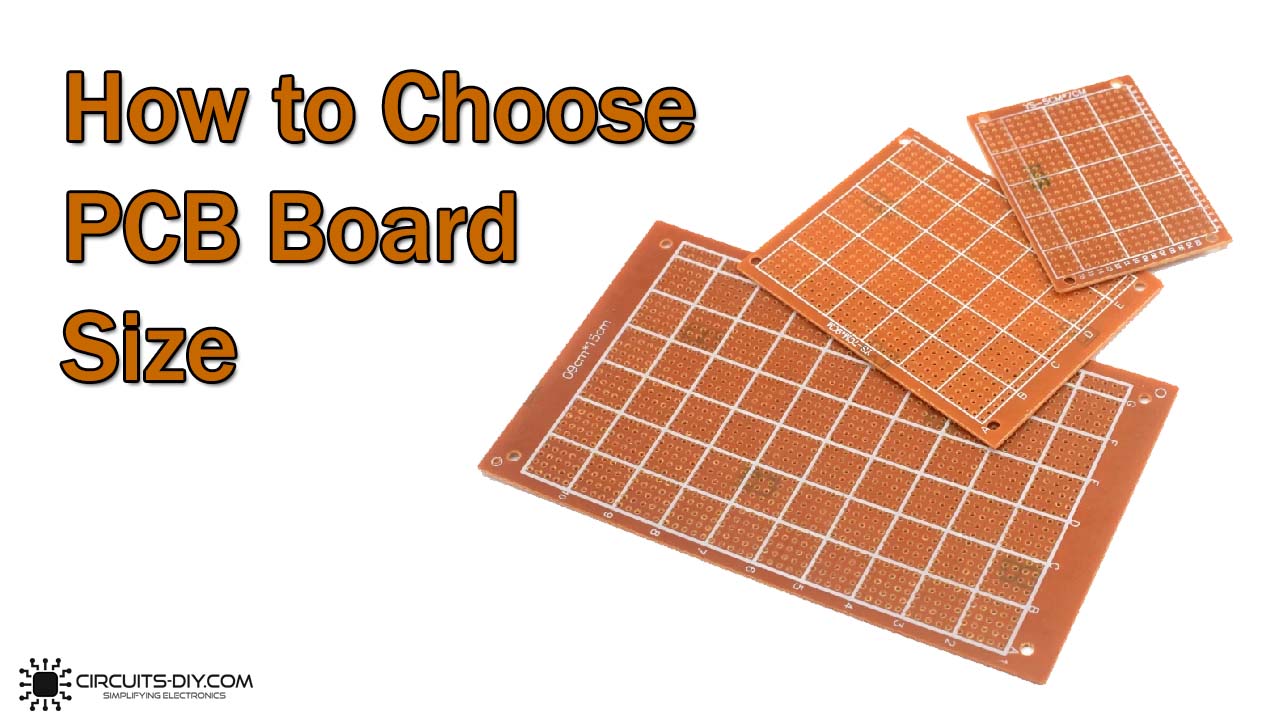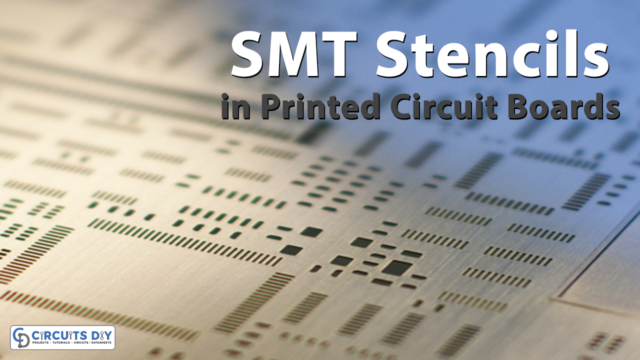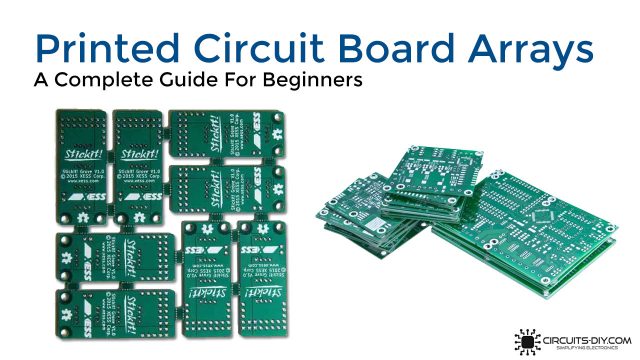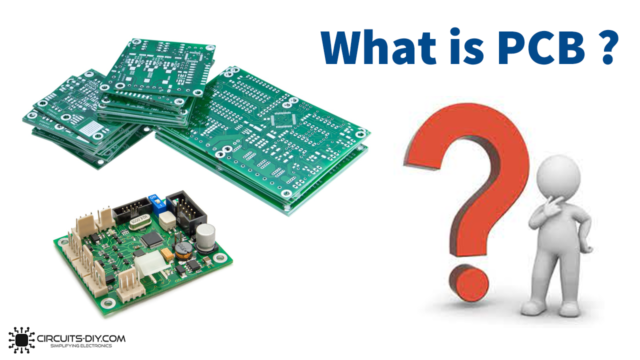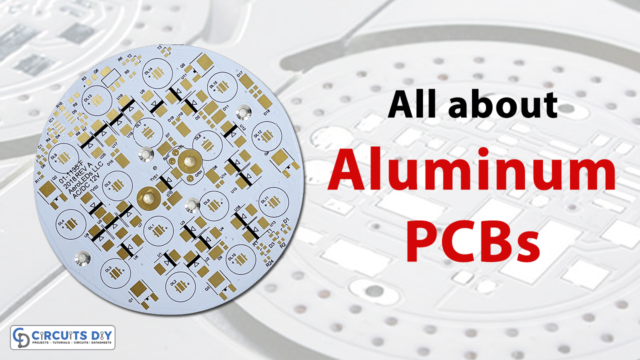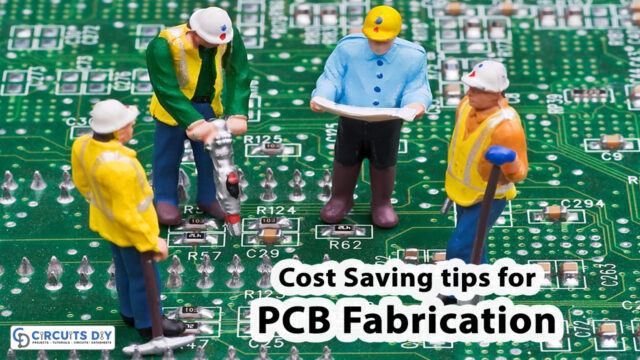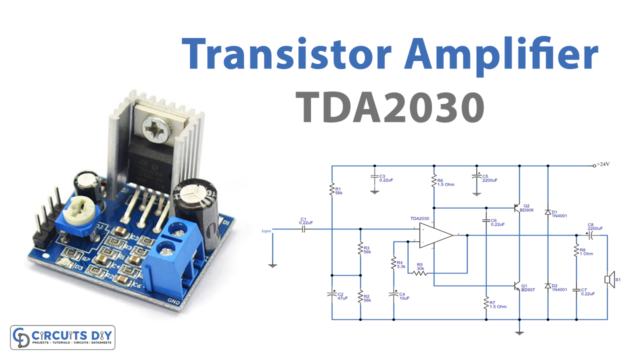Almost every device has printed circuit boards there. However, not every device has the same size. For example, a smartphone needs a very small PCB as compare to televisions. In the same vein, a television needs a smaller PCB as compared to heavy machinery. Therefore, these sizes play a crucial part in the circuit. A designer must have to design the printed circuit board according to the device size. So, in this article, we will explore how to choose the size of these electronic printed circuit boards.
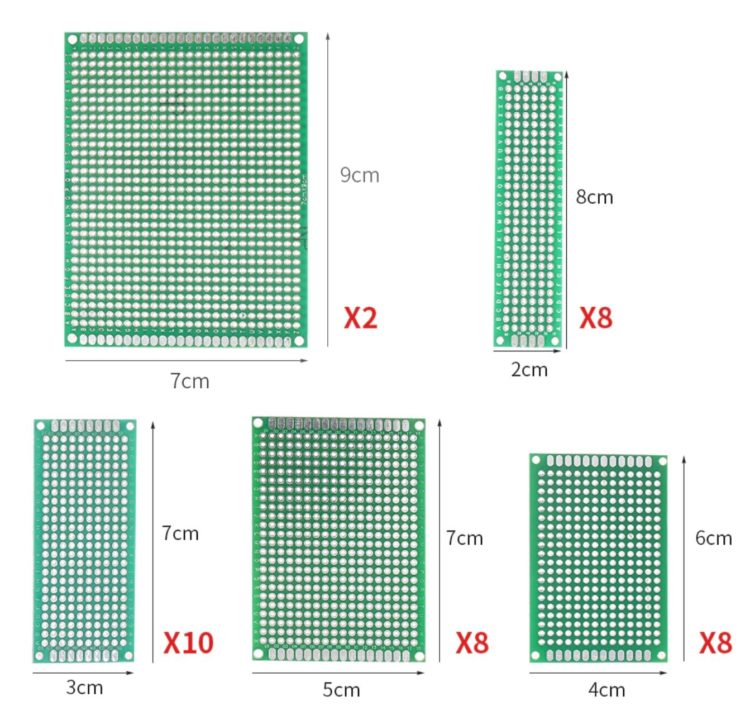
PCB Sizes
Initially, PCBs were made out by using a sheet of plywood which works as a breadboard. The standard thickness of the single-ply in that plywood is 1/16 or 1.57mm. There are no specific or particular reasons for this size. Other sizes incorporate 2.36 mm and 3.18 mm. Since we know the different types of PCB that are single, double, and multilayer. Today the thickness is from 0.008 to 0.240 inches
The popular and common panel sizes are 18″×24″, 18″ ×12″, 9″ ×24″, and 9″ ×12″. Panel size reduces the number of boards produced per panel. The PCB size includes:
- Shapes
PCB boards have several kinds of shapes. From circles to rectangles. From star square, many shapes are available. Hence, these shapes can help in reducing the size of the circuit. Tab routing or V-score has been used o cut the shapes.
- Thickness
Thickness can affect the device size and cost. And the number of layers determines the thickness. For example, the six layer board require least thickness of 0.031″
Calculation of Size of your PCB
The size usually depends on the components in the circuit. That how densely it is added with how many vias or connectors. Follow the given instruction to calculate the size of the PCB.
- Open the layout design in the software. The layout would show an outline with components. Take the components according to your circuit diagram.
- Increase or decrease the size of the PCB outline after placing the components. Leave a minimum of half an inch of the area around the edges of the circuit
- Measure the size. Multiply that size with vertical and horizontal lines of the box to get the size of board
Factors For Choosing a Correct Size

There is a number of to consider while making the choice of size Remember the following mentioned factors while choosing the size:
- Weight: See the weight of the device for which you’re making the circuit. Don’t use a thinner board unless it got necessary for the required applications. Because the thinner board can get break easily
- Flexibility: Thick boards are heavier and less flexible. Thin boards are more flexible. However, they can easily get break. Use the board according to your required circuit. For instance, smart watches may need a flexible circuit while computer mother board needs a thick board.
Conclusion
Printed circuit boards differ in sizes and shapes. Different devices have different sizes. A designer must know the size of the device to determine the size of the circuit.A designer should work or choose intelligently to serve the best quality of PCB of the required device.


